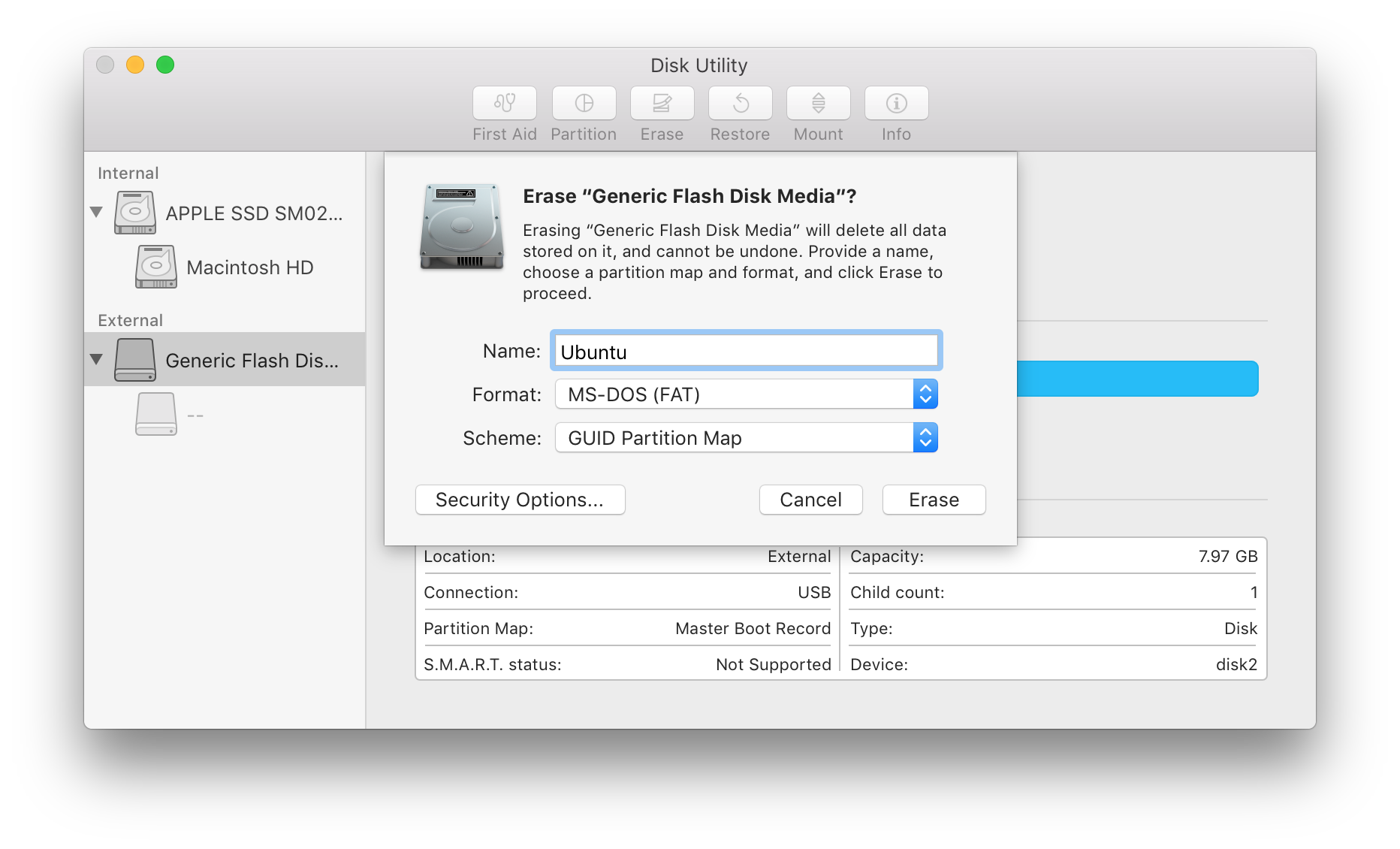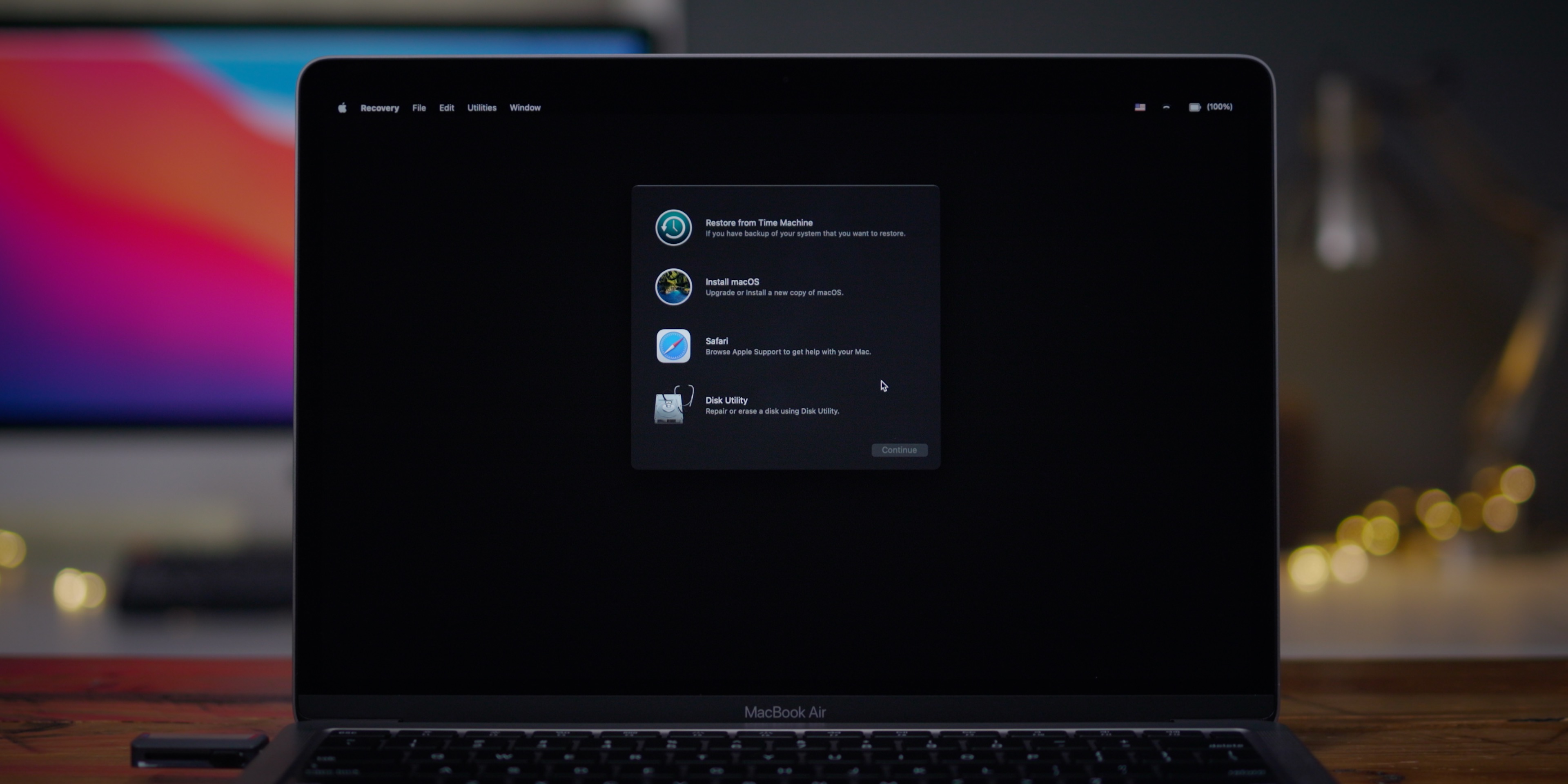
- #WHAT TYPE OF FILE DO I NEED TO BOOT FROM USB FOR MAC HOW TO#
- #WHAT TYPE OF FILE DO I NEED TO BOOT FROM USB FOR MAC INSTALL#
These are the file representations of your USB drives, hard-disk drives, Webcam, and so on.

The /dev directory contains the device files of your system. Else, you might corrupt the system itself and disrupt functionality. You should not experiment with the contents of this directory unless you know what you’re doing. bootĪll essential files required for the system startup are located here. In many systems, this doesn’t exist as a real directory but serves as a symlink to the /usr/bin directory. It contains the binaries, aka executables of the various programs installed in your machine. Continue reading to find out their purpose. This will show you all of these default directories. It will help you understand your system much better.įirst, go to the root of your system using cd / and run ls. New Linux installations come with some in-built directories. Indeed it is.ĭirectories are just special files that contain the name of other files (aka its child elements). Now, we’ve discussed earlier that everything in Linux is a file. You can use the cd command to change locations inside your filesystem. You can increase this value for getting a more transparent, robust visualization. Running this command will give you a straightforward tree-like structure consisting of only the first level components of your starting point. However, you can add the -L flag to specify the depth of this command. Pictures, Documents, Downloads, etc) recursively and creates the final structure combining them. It happens because tree traverses each element in this location (i.e. If you run tree in your current directory, chances are you’ll find yourself in a complex, cryptic structure.
#WHAT TYPE OF FILE DO I NEED TO BOOT FROM USB FOR MAC INSTALL#
You can get this in Ubuntu by issuing sudo apt install tree. We’ll be using tree, one of the de-facto utilities for visualizing directory hierarchies in Linux.

You can confirm this by typing pwd in the terminal. We’re assuming you’re familiar with the command-line interpreter, aka the Linux shells.īy default, the user is presented with the /home/USER directory upon each login. We have outlined this hierarchy using appropriate examples in this section. Although modern computing innovations have aid in the increase in newer trends, the filesystem hierarchy remains almost the same due to its historical significance. The Linux filesystem bears significant resemblance to the original Unix filesystem. Discovering the Linux File System Structure

Linux supports a wide range of filesystem types, as you will see later. Some common examples are NTFS, FAT, and EXT. When defining partition tables using Linux partition managers, you might’ve noticed that there’re multiple types of filesystem. Now, how does the system keep track of these filesystems? In short, it uses pre-defined partition tables to determine the inodes(starting points), boundaries, names, and other information to do this.
#WHAT TYPE OF FILE DO I NEED TO BOOT FROM USB FOR MAC HOW TO#
We’ll show you how to do this in the following sections. Once mounted, users can traverse new filesystems using this point.

You can connect additional components to this filesystem hierarchy by mounting them to a mount point. We’ll discuss the filesystem hierarchy of Linux and other Unix’s later in this guide. It contains several directories, most bearing some historical significance. It is called the root of the file system and is essentially the starting point of your system. You might’ve noticed that your entire Linux installation resolves around the / point.


 0 kommentar(er)
0 kommentar(er)
